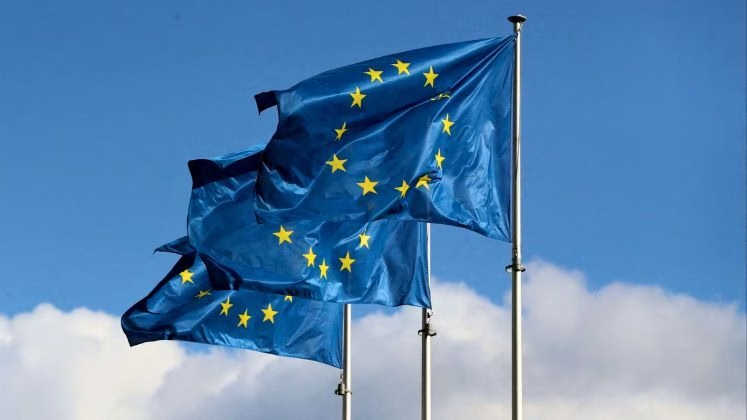Vietnam’s trade relationship with the European Union (EU) stemming from potential trade tensions between the United States and China. Here’s a breakdown of the key points:
- EU’s Worry: The EU is concerned that if the US imposes reciprocal tariffs on Chinese goods, these goods might be diverted to the European market instead.
- Monitoring by EU: The EU is actively monitoring specific product categories from China due to this concern.
- Potential Consequences for Vietnam:
- Increased Risk of Origin Masking: There’s a heightened risk that Chinese goods might be falsely labeled as “Made in Vietnam” to circumvent potential EU measures against Chinese imports.
- Damage to Vietnam’s Reputation: If this happens, the reputation of genuine “Made in Vietnam” products could be severely harmed.
- Possible EU Retaliation: The EU might respond by increasing inspections of Vietnamese goods, tightening preferential trade conditions, or even imposing punitive tariffs on Vietnamese products.
- Historical Precedent: The report cites a similar situation in 2017 when US tariffs on Chinese steel led to a surge of Chinese steel in the EU, prompting the EU to implement safeguard measures under the World Trade Organisation (WTO) rules.
- Vietnam Trade Envoy’s Warning: Nguyen Thi Hoang Thuy, Vietnam’s top trade envoy in Sweden and the Nordic region, emphasizes the tangibility of this risk and the potential severe consequences for Vietnam’s trade with the EU.
In essence, Vietnam faces the challenge of ensuring the integrity of its product origins and preventing its territory from being used as a transit point for Chinese goods seeking to bypass potential EU trade barriers. Failure to do so could have significant negative repercussions for Vietnam’s export sector and its standing as a reliable trading partner with the EU.
